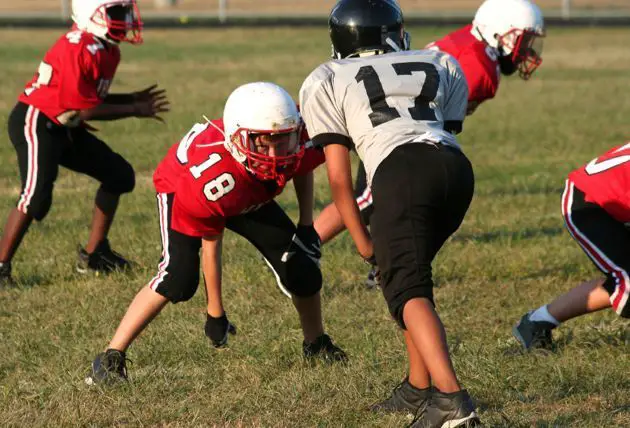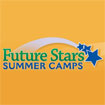
Westchester Rolls Out 10-Point Plan for Concussion Safety in Schools
Get can’t-miss family activities sent to you!
Get the Best Family Activities
5. Don't "One-Stop" Shop for Answers. School districts and youth programs should provide referrals to specialists (neurologists, physical therapists, neuro-ophthalmologists, neuropsychologists) to treat specific symptons as needed.
6. Understand the Big Picture. Undertand the impact a concussion can have on behavioral, academic, emotional, and physical maturation in young children.
7. Stay Current. Health care providers evaluating children and adolescents must maintain a current level of understanding of the diagnosis, treatment, and management of sports-related concussions.
8. Encourage Training. Properly trained professinals, such as athletic trainers, should be available to conduct sideline tests and that the results are reviewed and interpreted by a neuropsychologist or school psychologist.
9. Beware of Simple Answers. Concussions are a clinical diagnosis, and that takes more than a single or brief computerized test to understand the extent of the injury.
10. Focus on Return-to-Learn. Schools should have a return to learn plan (RTL) to address issues children face as they return to the classroom aftern an injury. Returning to the classroom does not always parallel returning to play.
The task force will continue to gather data, examine concussion incidents, and disseminate its finding across the county in the coming months. A Safer Sports booklet will be distributed across the county, and will rely on school and community leaders to implement its recommendations. The task force aims to encourage young people to participate in sports while being informed about risk and proper protocol in the event of a head injury.
The task force’s 10 Best Practices has been endorsed by the Brain Injury Association of America, and the New York state government.
RELATED: Stay Up-to-Date on News in Your Region





